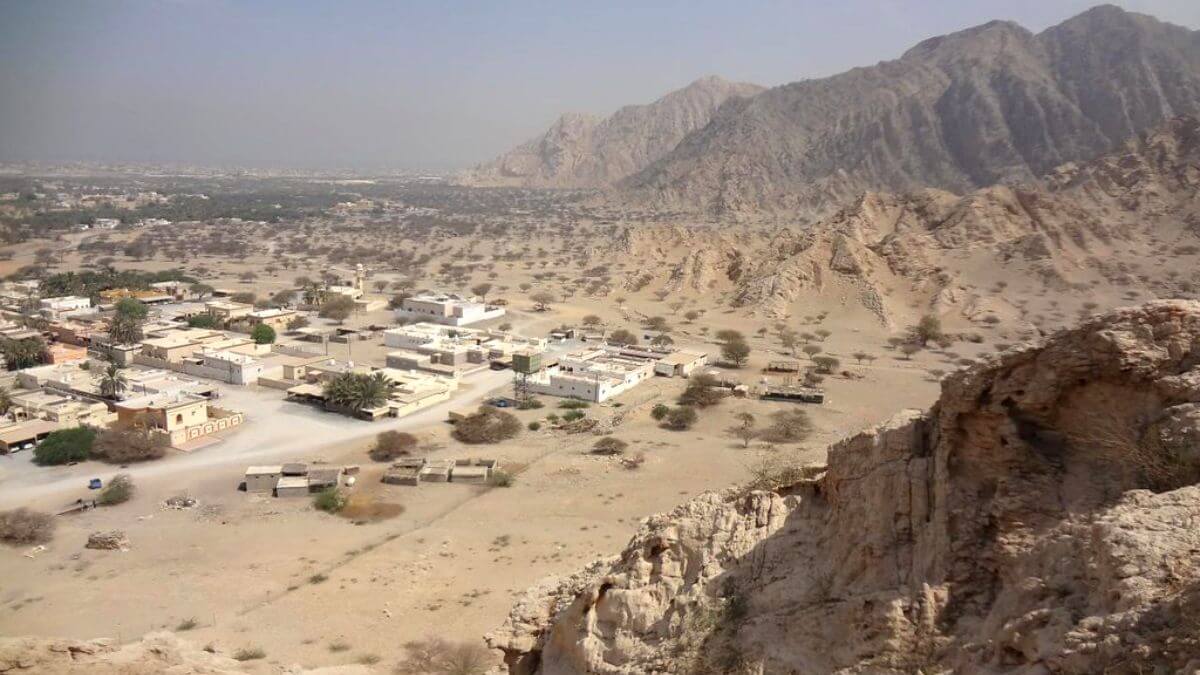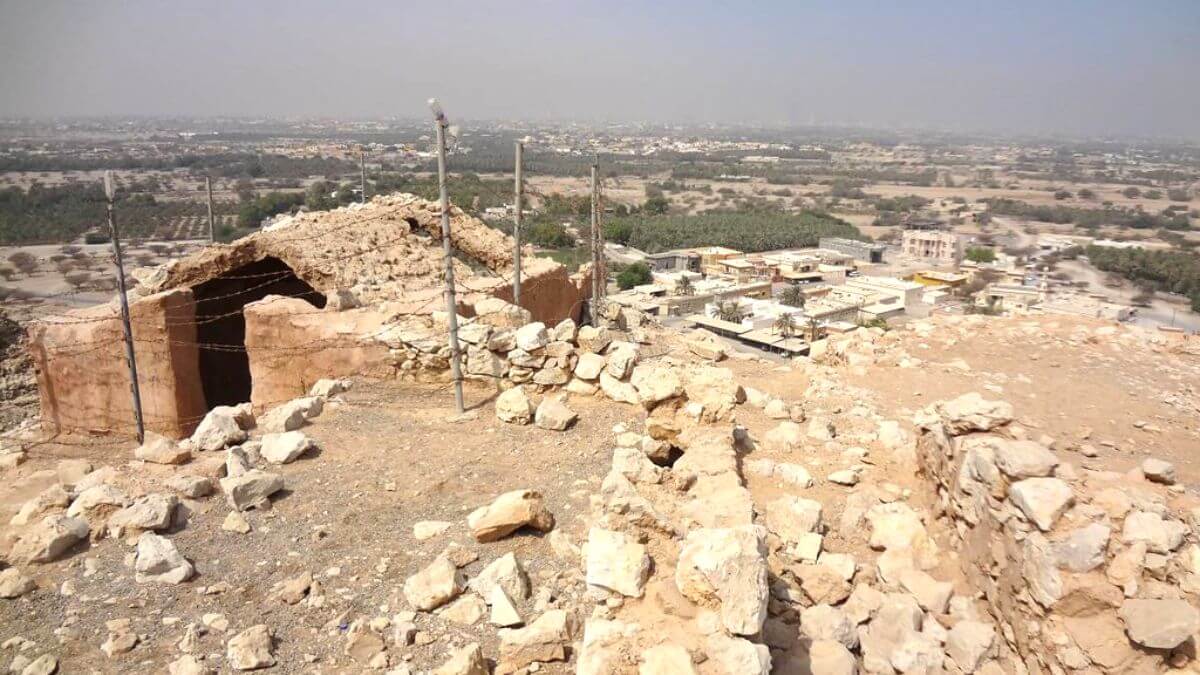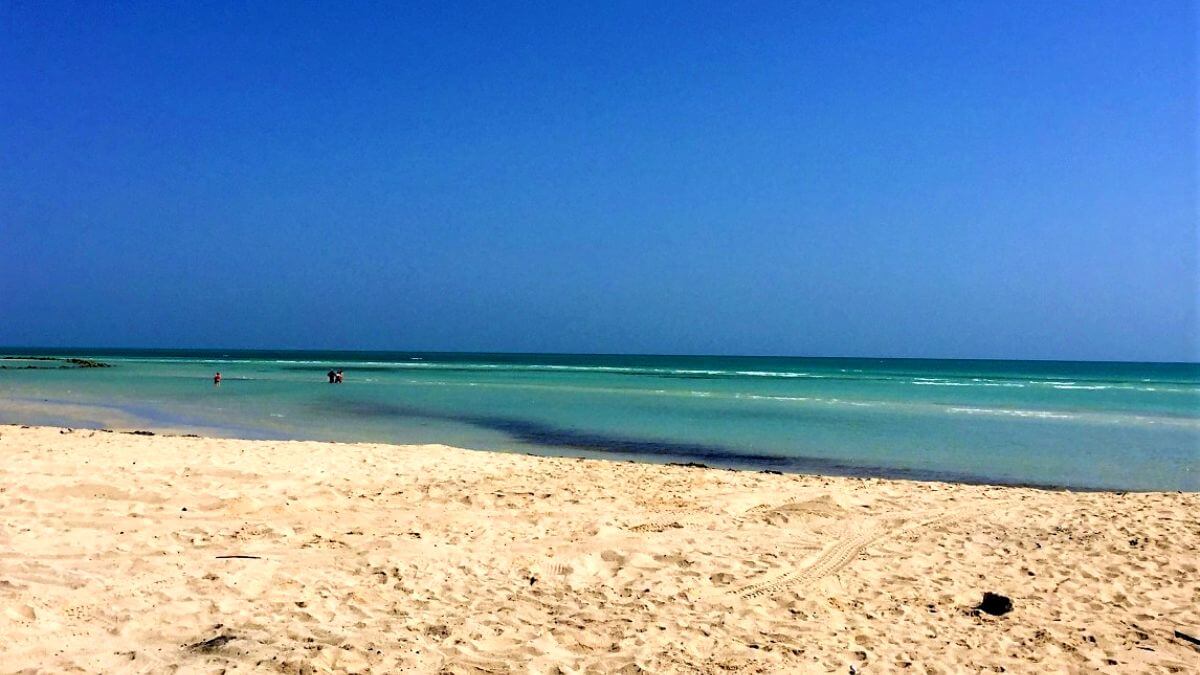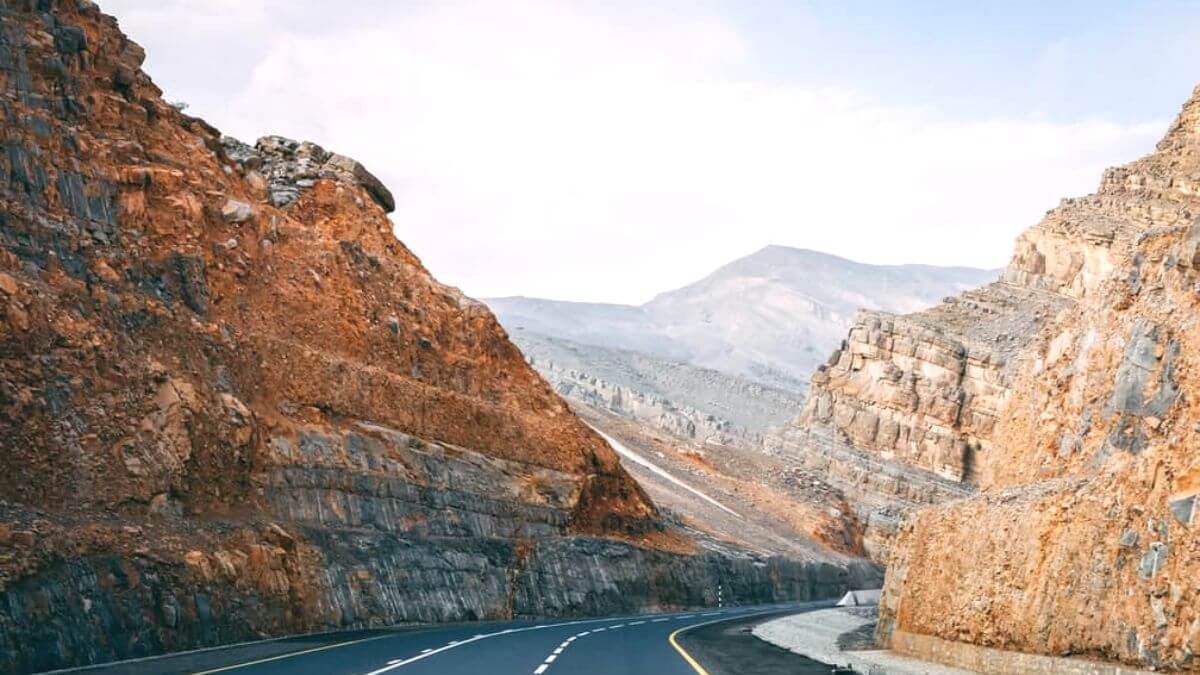Around town
A Detailed Guide On Shamal Julphar, Ras Al Khaimah, UAE

Shimal or Shamal Julphar is a village in the northern emirate of Ras Al Khaimah. RAK, in contrast to Dubai or Abu Dhabi, provides a more modest way of life and cheaper living quarters. The emirate is less densely inhabited than its neighbours, and its rich cultural heritage is what draws tourists.
Even Shimal, which is primarily an archaeological site, is being transformed into a new neighborhood for people to live in. It’s possible because of the joint efforts of several developers and builders. Since the emirate of Shamal Julphar opened its doors to tourists, many hotels have been established for business there.
History of Shamal Julphar
Myth and mystery surround the remains, which are located on a hilltop 200 meters above the Ras al Khaimah settlement of Shamal.
Dr. Hamad bin Seray, an associate professor in the department of history and archaeology at UAE University, says, “So many tales and myths are linked with this palace, with some people stating it is thousands of years old and others saying it is only a few hundred years old.”

On this particular ascent, which he has done many times for his research purposes, he sometimes stops to collect pieces of pottery. When he finally reaches the wreckage, he has a handful of fragments that he estimates to be between 400 and 500 years old.
Alluring hints at the age of the UAE’s purportedly oldest castle. The historian explains, “We don’t even know the palace’s name, and that’s about all we know.” That, in reality, is also up for debate.
Sheba’s Palace is the name given to it in the English language. Both the Bible and the Quran make reference to a queen named Sheba who is supposed to have governed the Yemeni kingdom of Marib at approximately 1000 B.C.
Her mythology is also recorded in Ethiopia, which is located on the other side of the Red Sea from Yemen. According to the Bible, Sheba’s dynasty flourished about 1000 B.C. According to the Quran, the queen was a former sun worshipper who later converted to Islam and reigned over the Arabian peninsula.
Dr. Seray believes it’s thousands of years old if you think it belonged to the Queen of Sheba, or Balqis, as she is known to us.
Where is Shamal Julphar located?
The address of Shamal Julphar is Shamal Julphar, North Ras Al Khaimah, United Arab Emirates.
Latitude: 25.8
Longitude: 56.01
How to reach Shamal Julphar?
- Located on the north-eastern side of Ras Al Khaimah
- 20 minutes from RAK Mall
- A 16-minute drive from Al Nakheel
The roads around Shamal Julphar are set up in a smart way. Its closeness to the main roads makes it easy for people who drive to get there. The Al Manama Ras Al Khaimah Road is easy to get to. Also, most private homes and housing developments have designated parking spots for up to two cars.
Things to explore in Shamal Julphar
Some nearby attractions are:
1484 by Puro
You’ll work up an appetite while exploring the peaks of Jebel Jais and participating in all those nerve-wracking activities. If you’re in luck, you can dine in the UAE’s tallest restaurant.
In case you hadn’t guessed, 1484 by Puro is located 1,484 meters above sea level and offers up delicious meals for all three meals of the day. Even more amazing as the scenery is the cuisine.
Beaches
Ras al Khaimah, like the rest of the United Arab Emirates (UAE), has a wealth of beautiful beaches along its coastline. The best beaches in the Emirate are typically located on either the east or west coast.

East of Ras al Khaimah is where you’ll find popular beaches including Al Aqah Beach, Sambrid, Dibba, and Sandy Beach.
The National Museum
If you want to discover more about the fascinating history of Ras al Khaimah, a visit to the national museum is a must. Up until the 1960s, it was the official residence of the royal family; now, it is used to store historical artifacts.
As well as traditional weaponry and items from the Emirates’ pre-oil era, the museum’s exhibits of relevant treaties are a major draw. The first level has manuscripts and papers that represent deals struck between the royal family and the British.
Hajar Mountains
When visiting RAK, you won’t be able to avoid seeing the magnificent Hajar Mountains. They provide a dramatic setting for many local scenes and are also home to a wide variety of exciting adventures. The unique igneous granite in the mountains has attracted scientists and geologists from all over the world.

The area’s rusty-colored rock terrain and stunning red sand dunes create a surreal, otherworldly atmosphere. Take this chance to shoot some breathtaking photos and wow your grandchildren with tales of your trip to Mars.
Jazirat Al-Hamra
We can’t discuss RAK’s ghostly attractions without mentioning Jazirat Al-Hamra.
Jazirat Al-Hamra, or the “ghost town of Ras al Khaimah,” is a mysterious place buried under a thick blanket of sand. Explore this museum-like village filled with original cottages and structures that have been left to decay.
Dhayah Fort
Dhayah Fort, a famous tourist destination in RAK, is like stepping back in time. The region around the fort has been inhabited continuously since the third millennium BC. The current Dhayah Fort was erected in the nineteenth century, although it was based on an even older structure.
When the British began invading in the early 1800s, the fort was a crucial element of the defense against them. After a violent struggle in which a big portion of the stronghold was demolished by a giant cannon, the local tribes eventually surrendered, and the British took control.
The fort, which was painstakingly reconstructed using traditional methods in the 1990s, is today visited by people from all over the globe. Incredible vistas over the surrounding region, from the Arabian Gulf to the Hajar Mountains.
Amenities in Shamal Julphar
Some amenities are:
Schools
Shamal Julphar and the surrounding area are also home to a small number of educational institutions.
Shamal Primary and Secondary School, Al Mattaf School, and Shamal Old School are all nearby options. Mahra Bint Ahmed School and Al Nasr Private School are other viable possibilities in the vicinity.
Clinics And Hospitals
Shamal Healthcentre found in Shamal Julphar. It is centrally positioned and convenient for residents of the surrounding neighborhoods. In the event of a medical crisis, locals may visit the facility for treatment.
Supermarkets
Shops, marketplaces, and supermarkets are conveniently located throughout Shamal Julphar for the convenience of locals.

A few supermarkets worth mentioning include Shamal Grocery, Naseem Supermarket, and Flash Grocery.
Churches, Temples, And Mosques
Shamal Julphar is home to many mosques, where local Muslims may worship.
The neighborhood is sprinkled with mosques at regular intervals. In particular, the Jumaa Al Maktoum Mosque, the Shamal Al Kabeer, and the Masjid Mariam Bint Imran should be mentioned. Further, locating a church in the immediate area requires a trip of around 15 minutes.
Restaurants
Shamal Julphar and the surrounding region are home to a wide variety of dining options. Local cafeterias include Abaq Al Shayi Cafeteria, Wadi Haqeel Cafeteria, and Al Jamaheer Cafeteria. Abu Taher, an Arabic cafe, and Ghamdan Restaurant are two more in the neighborhood.
Attractions And Places Of Interest
As more and more tourist sites emerge in RAK, more and more people are choosing to remain in Shamal Julphar instead of traveling elsewhere. Sheba Palace, in Shamal Village, may be reached after a 25-minute journey to the south.
It’s a place steeped with history. Dhayah Fort is another great option if you’re interested in learning about the history of the United Arab Emirates through archaeological sites.
Things You Should Consider
First and foremost, if you plan to visit the site, you must obtain permission from the local authorities. Obviously, the site is protected by law, and as such you must abide by these regulations. You must also make sure you bring a valid ID and some form of proof that you have the necessary permission to visit. Not doing so could land you in serious trouble.
Second, you should be aware of your surroundings at all times. The site is incredibly fragile, and a wrong move can cause a great deal of damage. Therefore, it is important to take the necessary precautions to ensure that you are not unintentionally damaging any of the artifacts or monuments that can be found on-site. Additionally, you should take all necessary safety precautions to protect them further, such as using ropes and ladders when necessary and keeping off the more fragile objects on the site.
Third, all visitors should be respectful and mindful of the site’s local environment. This includes not littering and following basic ecological principles such as not taking anything from the site and ensuring that you do not cause the local wildlife any harm. This is especially important if you plan on taking pictures and videos of your visit to the Shamal Julphar archeological site.
Finally, there are certain things that you should not do when visiting the site. For example, it is illegal to remove any artifacts from the site. The purpose of the site is to preserve the artifacts, so any actions that could threaten their integrity should be avoided. Additionally, you should refrain from vandalizing the site and making any modifications such as carving initials into the structures.
In conclusion, the Shamal Julphar archeological site in the UAE is a unique and fascinating place. It offers insight into the ancient culture and provides a glimpse into the past.
The site is also a great example of how people can work together to preserve history and a reminder of the importance of preserving our natural heritage. It serves as an invaluable reminder that our environment is something that should be cherished and protected.
Frequently Asked Questions
Yes, it is an archeological site with no specific height restriction. Children are welcome if they are comfortable in the car and on foot.
Dress comfortably and take along sunglasses, sunscreen, and water as the weather can be very hot in the summer months (May-September). You will need to wear closed-toe shoes because there are slippery rocks in some parts of the site where you can fall easily if you don’t have proper footwear on your feet.
Yes, various guided tours and group activities are available at the site, as well as a range of audio and video tours.
The area is home to a variety of attractions, from historical monuments to modern-day experiences. Visitors can while away their days exploring the nearby mountains and local villages, or take advantage of nearby adventure parks and water sports activities.
Even in the winter, when the average temperature is 69°F, Shamal Julphar is a great place to visit.